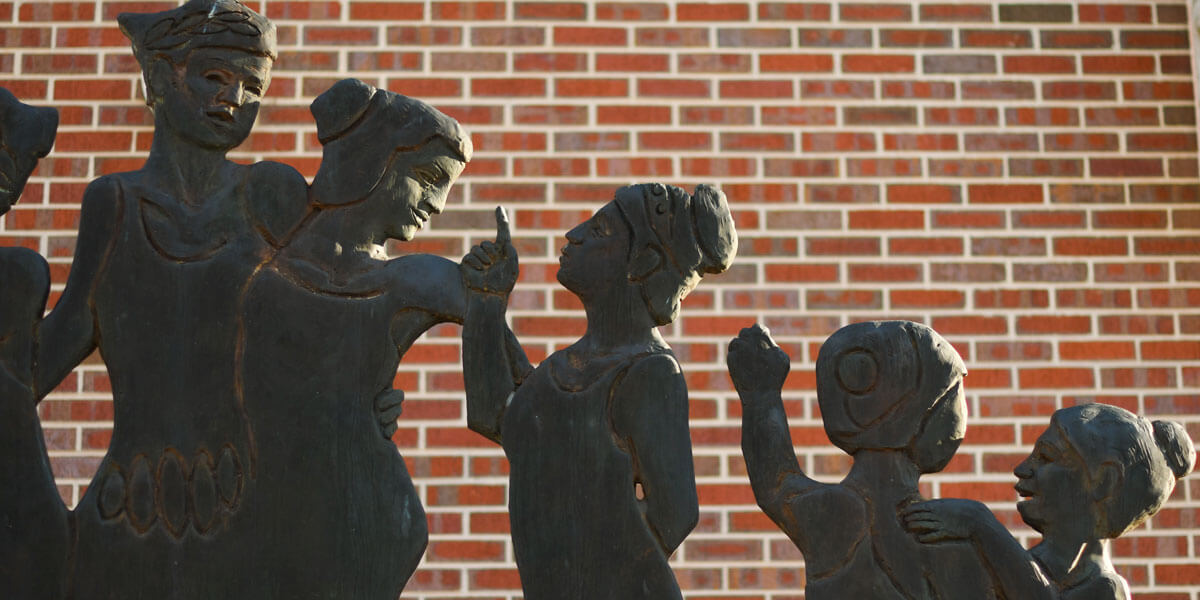Remembering the rich history, culture, and advancement of people whose stories have not always been highlighted throughout history is one of the many reasons to have heritage months. Last month was no different, as we celebrated the contributions of Asian and Pacific Islander Americans. What started as Asian and Pacific Islander American week has since transformed into a month-long recognition, after President George W. Bush signed a bill in 1990 to extend the celebration. May was intentionally selected to commemorate the immigration of the first Japanese to the United States and in remembrance of the completion of the transcontinental railroad. Over 15,000 Chinese immigrants traveled to the United States, and by 1865, Chinese immigrants comprised the majority of laborers used to complete the western portion of the railroad.
At this time, more than ever, it is important to spotlight Asian and Pacific Islander history, as we have seen a spike in xenophobia, a dislike of or prejudice against people from other countries, and a rise in anti-Asian racism. The emergence of COVID-19 has created the unjust “othering” of Asian Americans. There have been several incidents on social media platforms of people using derogatory words and harmful language, and unfortunately, there have even been more reports of hate crimes towards the Asian community.
The ‘model minority’ myth
Racism towards the Asian community is not a new phenomenon, but perhaps it has received limited notice, due to something referred to as the “model minority” myth. Teaching Tolerance describes this myth as “…an example toward which other groups should strive. It suggests that Asian Americans are doing well, and that if other groups would only work harder, have stronger family bonds, and get over their histories of oppression, they too would succeed.”
The model minority myth downplays systemic oppression, discrimination, and stereotypes held about ethnic and racial groups. It ignores the discrimination that Asian Americans have faced throughout history. There was the Chinese Exclusion Act of 1882 that restricted the immigration of Chinese immigrants. This act was the first major law to restrict the immigration of a specific group of people. There were Japanese internment camps during World War II. In the1980s, there was a surge of attacks towards Asian Americans during the auto industry’s collapse. One of the things these historical events have in common is that racist and xenophobic acts increased due to the need to place blame.
Overgeneralizing and stereotyping a group of people is never the answer. We’ve seen this through other historical events, such as 9/11 and the AIDS epidemic. As we consider ways to continue to discuss identity with Colorado Academy students at home and present children with counternarratives about other racial and ethnic groups, many media outlets have highlighted the history and contributions of Asian and Pacific Islander Americans. PBS offered several specials throughout Asian Pacific American Heritage Month that would make interesting viewing with your family. We can change the narrative created around this in many ways. We can choose our words carefully when explaining COVID-19, be thoughtful regarding the memes and jokes we share and say, and continue to foster a community of respect and compassion for others. May the month of May serve as a reminder for us always to choose courage and kindness.
